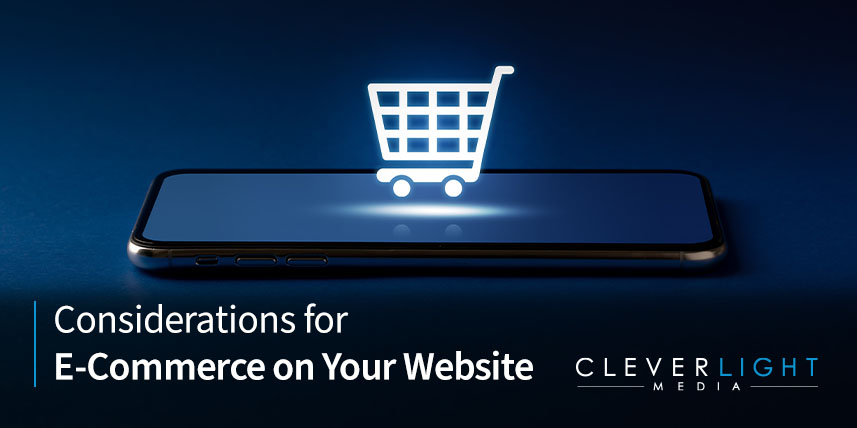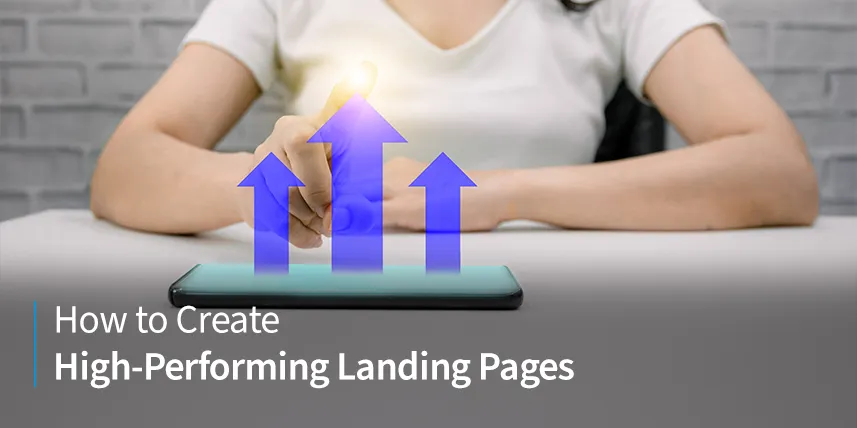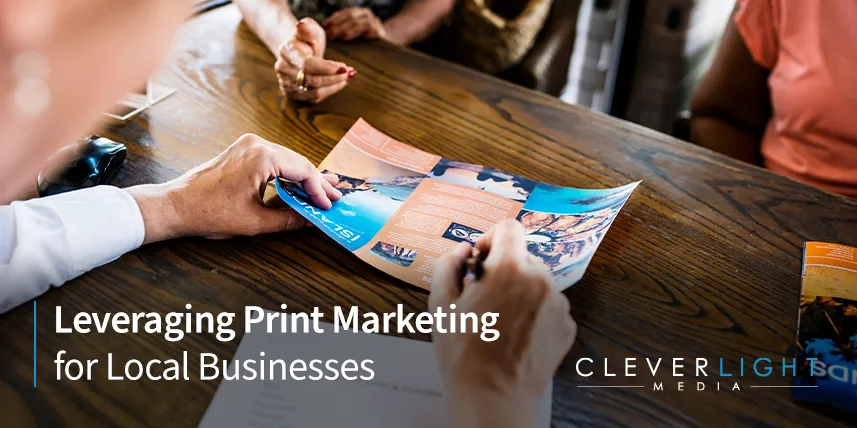Are you looking to launch an e-commerce website to sell goods and services online?
It’s an exciting step and one that requires careful planning and consideration – about content, look and feel, and functionality. Here are a few suggestions for what to consider when it comes to e-commerce and your website.
What Types of Products Will You Sell?
Sellers can choose from several formatting options for the products they sell on their website with the two most common being simple products or variable products. Simple products are static – they come in one size, version, and color. Variable products give customers far more choice. Variations in the product can include size, color, price, or pattern. By adding attributes to your listings, you can offer more variety and options, leading to more customer choices.
How Will You Showcase Your Products?
You want users on your e-commerce site to purchase your products, but they need to find the right item and feel confident in what they are buying in order to convert. Easy-to-navigate categories and overall organization on your website will help customers easily locate what they’re interested in. Professional photography and rich product descriptions present your items in their best light and will help viewers feel excited and informed when they click add to cart.
How Will You Handle Shipping?
E-commerce shipping reflects all the services needed to send an order from your site to the customer’s desired destination. Shipping is critically important, ensuring customers that the packages they ordered arrive when you say they will and in good condition.
There are many options available when it comes to shipping. Here’s a closer look at a few of the things to consider:
Flat Rate vs. Free vs. Real-Time
Flat-rate shipping is self-explanatory. You offer your customers a single rate (and usually the delivery carrier and time to delivery). Free shipping is another attractive option, especially when going up against major retailers, however, you may need to pass on those costs in the product price. Real-time shipping offers customers accurate choices with carriers providing dynamic estimates based on the distance, weight, and number of boxes needed.
Product Weight and Dimensions
It may seem tedious to add the product weight and dimensions to products you’re selling, but for customers, it can make all the difference. Adding weight and dimensions to the product specifications lets customers see the size and shape of what they’re buying. This information is particularly important for larger items. No matter what the product’s size, dimensions, and weight help customers determine if an item will fit in a mailbox, storage room, or final destination. It’s a step that shows transparency and can save in administrative time in the long run.
Shipping Container Dimensions
We’re not talking about cargo containers here, but the boxes, envelopes, and other supplies you need to fulfill orders. Knowing the shipping container dimensions you need helps manage your space and the approach you’ll use for fulfillment. It’s best to minimize the number of sizes you’ll need and adopt the notion that one or a few sizes fit all.
Box Configurator
When using real-time shipping calculations, the carrier needs more than a destination address. They will need the weight, dimensions, and the number of packages that will be shipped. The box configuration plugin takes your product weight/dimensions and your various box dimensions to dynamically pack a customer’s order in the most efficient way possible. Using this data, carriers will be able to provide a real-time shipping cost for a customer’s order.
How Will You Handle Inventory?
Your e-commerce website is capable of managing inventory sold through the website. If you choose to do so, you will need to update new product inventory as you receive them and the website will deduct inventory every time a purchase is made. This prevents your website from selling products that you don’t actually have in stock. Of course, you have the option to either show the product as Out of Stock or on Backorder. Many online retailers choose to not manage inventory through the website as it requires someone to update inventory as it becomes available.
How Will Users Pay?
Offering customers options for payments is essential. That means having an e-commerce solution that accepts major credit cards, debit cards, and connects those payments to the banks. There are multiple providers that seamlessly integrate with your e-commerce platforms such as Stripe, Square, Authorize.net, and Paypal. Credit card processing fees are somewhat standard but there may be opportunities for savings depending on your organization and the amount of processing you do.
What Will You Do For Post-Sale Marketing?
Once a sale is complete, you have a different relationship with your customer. You want to maintain that relationship for many reasons. Firstly, to have them come back to shop with you again. Another is to have them share reviews and recommendations with others to grow your potential customer reach.
Those critical business retention efforts are why it’s essential that you build a post-sale email marketing strategy to thank, remind, encourage, and connect with your customers. These emails can include announcements of new products, requests to share their customer experience in an online review, or a special coupon link.
Part of your marketing also consists of what goes inside your boxes – catalogs, coupons, custom packing lists, and thank-you notes are all good ideas to show your customers they’re appreciated and keep them engaged with your brand.
Your E-Commerce Business with CleverLight
At CleverLight, we help clients transform their brands. We offer website design, hosting, e-commerce, and content development services for companies of all sizes in all industry types. Our marketing retainer program also serves as a convenient one-stop-shop for all your e-commerce business’s print and digital marketing needs. To learn more, schedule a free consultation today.







